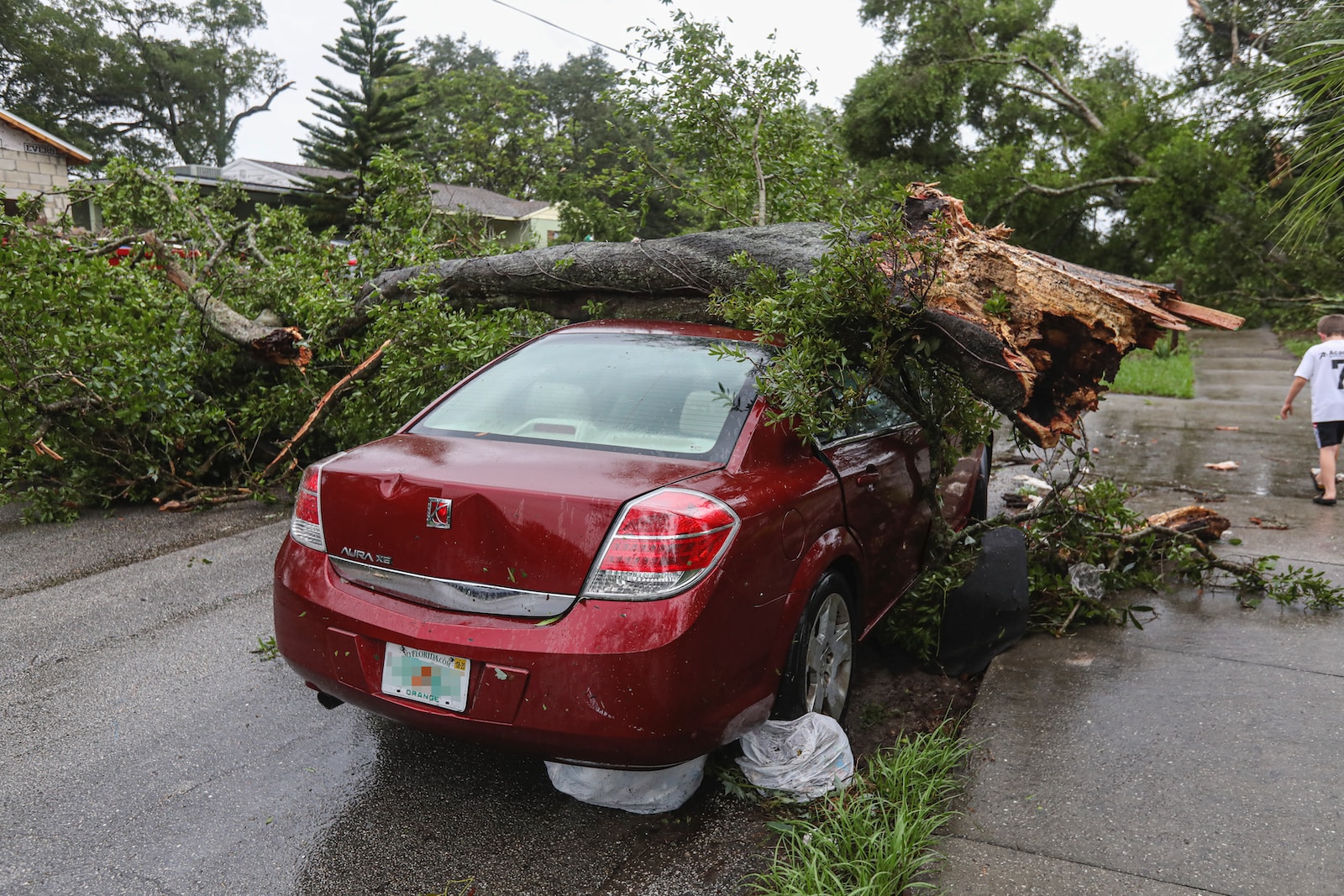Hey, let’s have a real talk about hitting the road. You know, car accidents are way more common than any of us want to admit. And they’re not just about the mess of twisted metal and broken tail lights. We’re talking real injuries here – some are small, sure, but others? They can turn your world upside down.
In this exploration, we’ll delve into some of the most frequently reported injuries resulting from car accidents, as well as providing tips on claiming with abogados de accidentes de carro.
Reader's Roadmap
1. Whiplash and Neck Injuries
Whiplash, that sudden jolt to the neck, is a common aftermath of rear-end collisions. It’s more than just a catchy term; it’s a real and painful injury. The neck, a delicate structure, is susceptible to strains and sprains beyond just whiplash. These injuries, often underestimated, can have lingering effects on one’s well-being.
2. Concussions and Traumatic Brain Injuries (TBIs)
The impact of a car accident can extend to the head, leading to concussions and, in severe cases, traumatic brain injuries. The consequences of such injuries may not always be immediately apparent and can manifest into long-term challenges. Recognizing the signs and seeking timely medical attention is paramount.
3. Back Injuries
The back, a complex network of bones and tissues, is vulnerable to various injuries in a car crash. From herniated discs to spinal cord injuries, the spectrum is vast. The severity of these injuries varies, but even seemingly minor incidents can result in chronic issues that affect daily life.
4. Broken Bones
The shattering sound of bones breaking is an unfortunate reality in car accidents. Ribs, arms, legs – these skeletal structures bear the brunt of the collision. Understanding the potential complications and the road to recovery for fractures is essential in comprehending the full impact of such incidents.
5. Internal Injuries
Beyond the visible, there lies a hidden risk of internal injuries. Internal bleeding and organ damage can be silent yet deadly consequences of a car accident. Recognizing the signs and securing prompt medical attention is critical in mitigating the seriousness of these injuries.
6. Psychological Trauma
It’s not just the body that suffers in a car accident; the mind bears scars too. Post-traumatic stress disorder (PTSD) and anxiety can haunt survivors long after the physical wounds have healed. Acknowledging and addressing the psychological impact is an integral part of the recovery process.
7. Cuts, Bruises, and Lacerations
Superficial injuries like cuts and bruises may seem minor, but their complications should not be underestimated. Proper treatment is key, as even seemingly inconsequential injuries can lead to more significant problems if neglected.
8. Knee and Joint Injuries
The complex mechanics of the knee and joints make them susceptible to damage in a car accident. Ligament injuries and dislocations can impact mobility and daily life. Understanding these injuries is crucial for effective rehabilitation and recovery.
Navigating the Claims Process
Amid the physical and emotional aftermath of a car accident, the practical aspect of claiming becomes a significant consideration. Whether dealing with medical bills, vehicle repairs, or other related expenses, understanding the claims process is crucial.
- Medical Claims: When it comes to injuries, swift action is essential. Keep detailed records of medical treatments, prescriptions, and any related expenses. Communicate promptly with your insurance provider, ensuring that all medical bills are appropriately documented for reimbursement.
- Property Damage Claims: If your vehicle suffers damage in the accident, initiating a property damage claim is paramount. Let your insurance company know what went down. And hey, don’t forget to snap some pictures of the damage – they’re super helpful. Giving them the full story, and fast, can really speed things up. It’s all about getting your car fixed and back on the road as quickly as possible. No one likes hanging around waiting, right?
- Third-Party Claims: In cases where another party is at fault, dealing with their insurance company adds another layer to the process. Be meticulous in documenting the details of the accident and communicating with both your insurer and the other party’s provider. A clear and consistent narrative enhances the chances of a smooth claims process.
- Legal Assistance: In more complex situations, seeking legal advice may be necessary. If liability is disputed or if the injuries and damages are extensive, consulting with an attorney specializing in personal injury can provide valuable guidance. They can help navigate the legal intricacies and ensure your rights are protected.
Conclusion
There’s something else about car accidents that often gets overlooked – the importance of quick medical attention. It’s not just about fixing broken bones or patching up cuts. There’s an emotional side to it, too. The shock, the stress, the ‘what ifs’ that linger. Let’s keep that in mind and make safe driving a priority.







Leave a Reply
View Comments